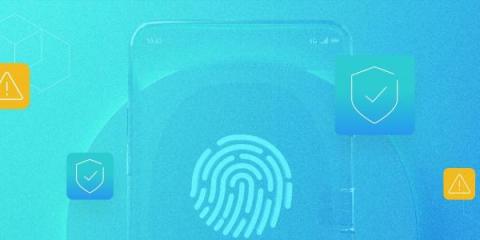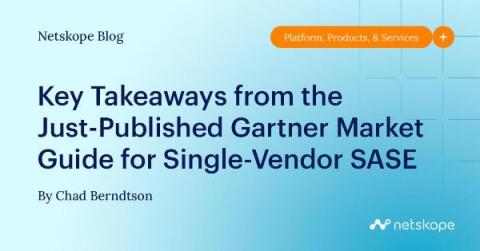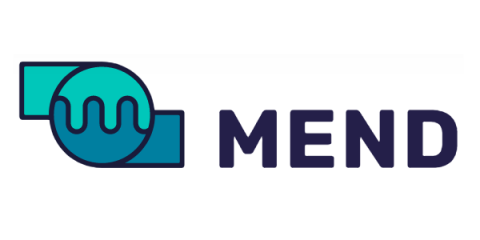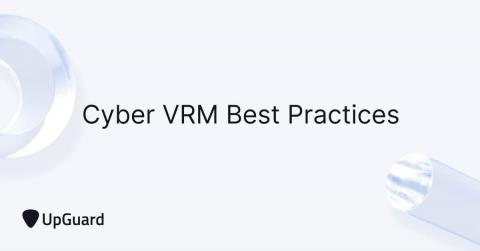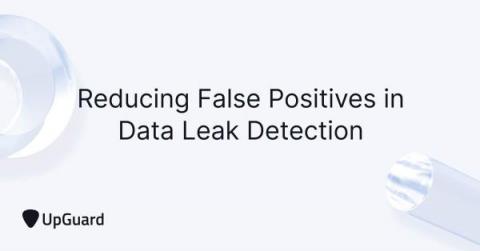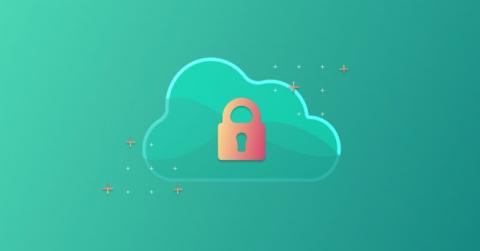Secure Enclaves: What They Are and What to Look for in a Solution
Cyber threats are ubiquitous these days, and companies are scrambling to find better ways to protect themselves. But in the world of cybersecurity, not all data is equal, which begs the question: What data should I protect? For instance, it’s one thing to protect routine customer orders, but credit card numbers deserve extra protection. Likewise, access to sensitive financial information related to mergers, acquisitions, or IPOs needs to be limited to a small group of people.


